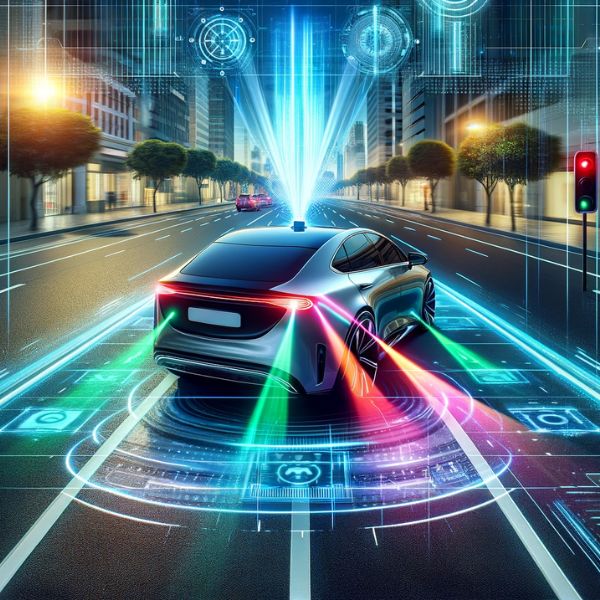If you’ve ever been behind the wheel of a car, you know that one of the most fundamental aspects of safe driving is staying in your lane. Lane markings guide vehicles and maintain order on the roads, preventing accidents. In the realm of autonomous vehicles and advanced driver-assistance systems (ADAS), the task of identifying and following these lines becomes critical, enabling these systems to navigate the roads safely and efficiently. This article will delve into how artificial intelligence and computer vision techniques can be employed to accurately detect lane lines.
Lane Detection: A Crucial Component of Autonomous Driving
The ability to accurately detect and track lane markings is a cornerstone of any autonomous vehicle’s perception capabilities. The system must be able to identify straight, curved, and dashed lines in a variety of lighting and weather conditions. It should also handle edge cases, such as missing or faded lane markings. To address these challenges, researchers and engineers have developed various lane detection techniques over the years.
Traditional Computer Vision Techniques
Early approaches to lane detection largely relied on traditional computer vision techniques, which include:
Edge Detection
Lane markings due to their nature provide a sharp contrast in an image. This characteristic is utilized by edge detection algorithms such as the Canny edge detector to identify boundaries of lanes.
Hough Transform
After detecting edges, the next task is to identify which of these are lane lines. The Hough Transform is often used for this purpose. It’s capable of detecting straight lines in an image – a key attribute of lane lines.
Region of Interest
In most cases, the lane lines are within a specific region in the captured camera frame. Therefore, we can eliminate unnecessary data by defining a region of interest within the image, typically a trapezoid at the bottom center.
Perspective Transformation
To get a bird’s eye view of the road, which aids in curve fitting for lanes, perspective transformation is applied.
While these techniques are still widely used, they have a few drawbacks, such as difficulty in handling dynamic illumination and weather conditions, and detecting faded or missing lane lines.
Deep Learning Approaches
To overcome the limitations of traditional methods, deep learning has emerged as a promising approach for lane detection.
Semantic Segmentation
Deep learning-based semantic segmentation models like FCN, U-Net, or SegNet can categorize each pixel of an image as either part of a lane or not, hence providing a detailed lane boundary.
CNN-based End-to-end Models
End-to-end models, like Deep Learning Lane Detection (DLD), integrate detection, association, and tracking of lanes into a single process. They simplify the overall process and require less manual intervention.
Reinforcement Learning
Reinforcement learning models have also been explored for lane detection. The vehicle learns an optimal policy for lane following through trial and error. Algorithms such as DQN or PPO have been adapted for this task.
Challenges and Future Directions
While substantial progress has been made in lane detection, challenges remain. Deep learning models require large amounts of labeled data, which is time-consuming and expensive to produce. They may also struggle with unusual or rare road scenarios.
To overcome these challenges, future research is likely to focus on semi-supervised and unsupervised learning techniques, which can learn from unlabeled data. Additionally, more sophisticated sensor fusion techniques, combining data from cameras, lidar, and radar, may be developed to improve robustness.
In conclusion, lane detection is a critical task in the development of autonomous vehicles and ADAS. While traditional computer vision techniques laid the groundwork for lane detection, deep learning is pushing the envelope in performance and robustness. Future advancements in AI and computer vision will undoubtedly continue to drive the evolution of lane detection technology.
